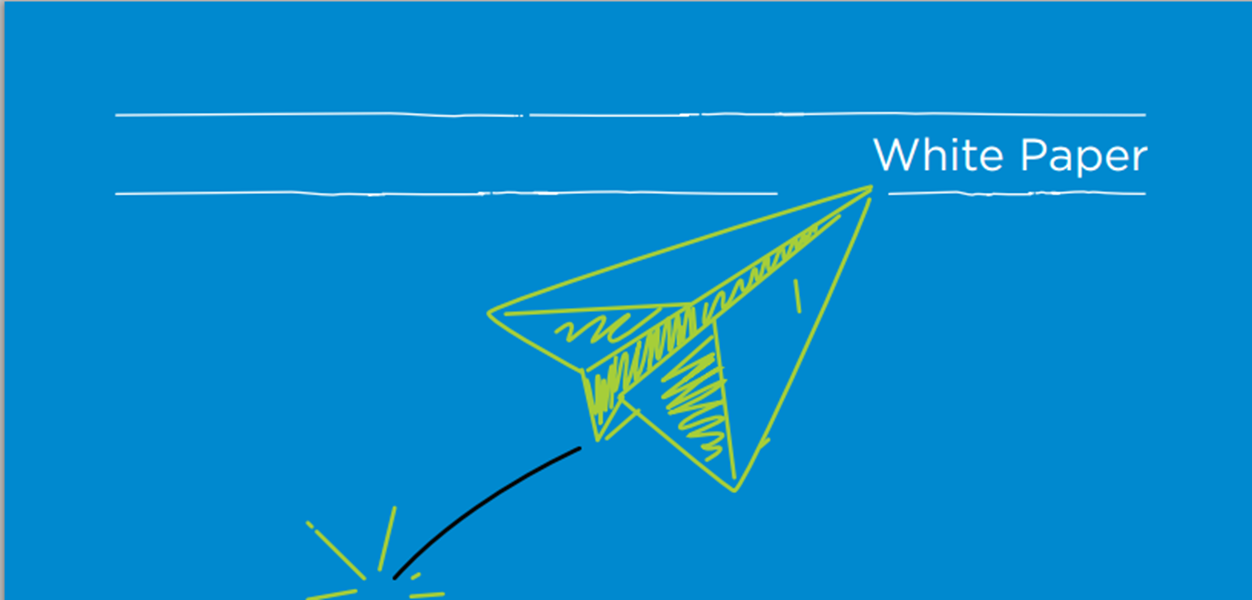Posted on February 4, 2016
Everyone has unique qualities, from hair and eye color to personal interests to ways of problem solving. I approach making cookies by searching for a perfect recipe, laying out all the ingredients before starting, and following the instructions step by step. Another baker might use the first recipe found online, locate each ingredient when needed, and regard a recipe merely as a guide. Still another baker might look up a segment from the Food Network online and follow along, while someone else may prefer to work in the kitchen with a more experienced baker who provides support through the process.
The method for making cookies doesn’t really matter, as long the result is yummy. Students learning in the classroom are no different. There are three generally recognized styles of learning. Visual learners process by reading and watching, while auditory learners prefer listening and reciting. Tactile, also known as kinesthetic, learners gain knowledge by doing or touching. Many learners thrive with one learning style, while some prefer using a combination of two or three styles. CLiC (Classroom in Context) can help teachers better address the learning styles of their students and ensure their success.





